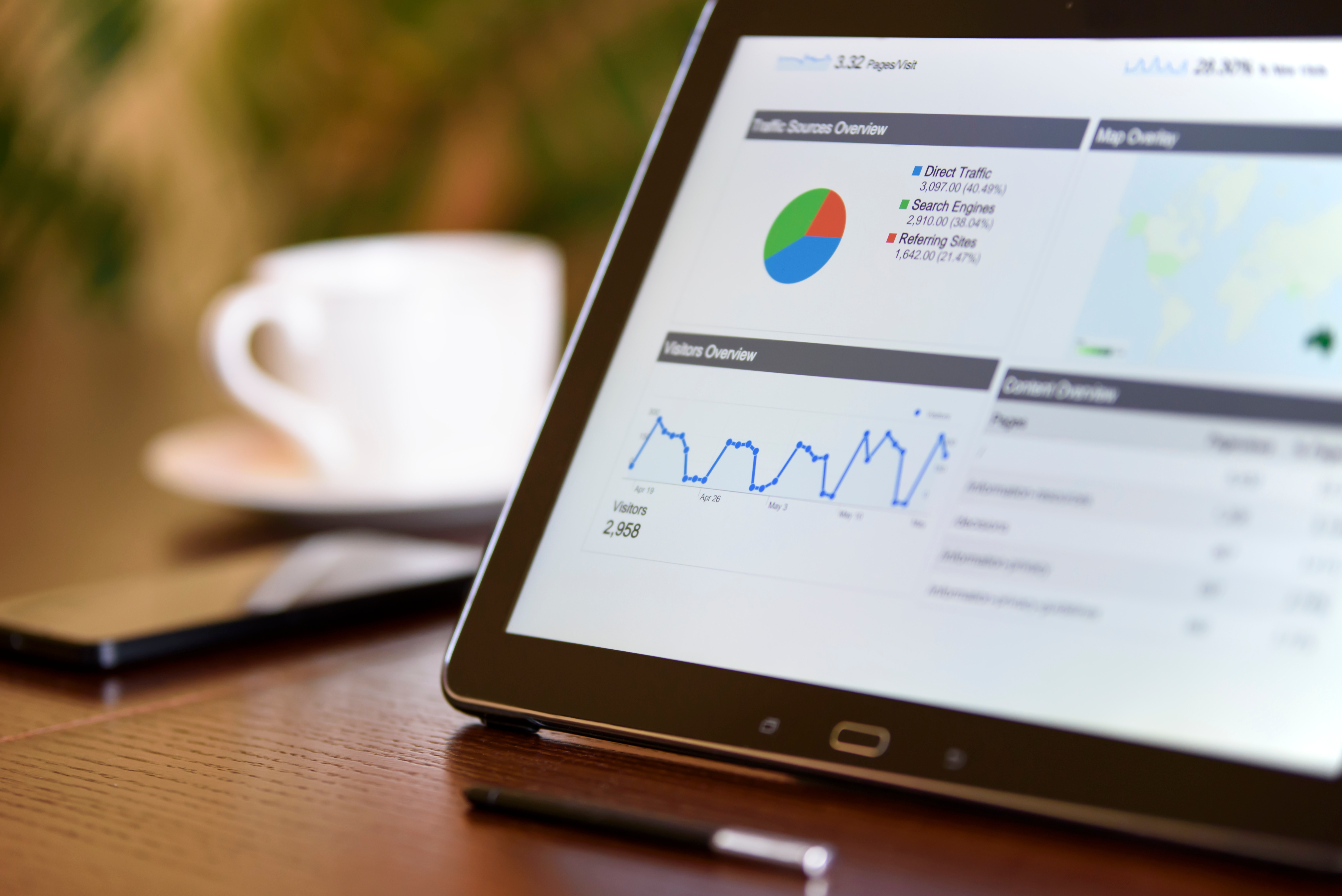How to Get Over Your Fear of Wellness Metrics

It’s the middle of the afternoon on a Friday and your CEO just dropped by to schedule a meeting to discuss how the company’s wellness program is going. Gulp! Time to dust off those trusty reports and put together a quick presentation. There’s just one problem, you have no idea where to start.
If this sounds familiar, don’t worry. It’s not just you. Many of us struggle to make heads or tails out of all those numbers and analytics. Especially if they’re not part of your daily tasks and routine. Nevertheless, a deeper understanding of your wellness data can help you discover what’s working well and what you can improve going forward.
It doesn’t have to be complicated. Here are a few quick tips to help get you started:
Establish Goals and Key Performance Indicators (KPIs)
What are you trying to accomplish with your wellness program? Are you looking to raise awareness of health issues and improve engagement in the wellness program? Or are you trying to improve overall health outcomes and address specific chronic conditions?
Whatever your goals are for the program, it’s important to determine which metrics you will need to look at in order to measure success. This will help you get focused on what actually matters, and can help you cut through the clutter of too many numbers.
Lean on Your Vendor
Wouldn’t it be awesome if you could get some help untangling those reports and sifting through all that data? Usually, you can. Many wellness providers offer plenty of support when it comes to reporting. That makes sense, since they have a vested interest in ensuring that your program is successful and provides results.
Whether you’re receiving reports from your vendor or pulling the data yourself, it’s always wise to set up some time to discuss the findings and their implications with your vendor. After all, they have a ton of experience when it comes to wellness, and have a deep understanding of what the metrics are telling you. They can also help you turn those findings into actions that can possibly improve your results next time around.
Educate Yourself
Just because you’re not an expert at analytics today, doesn’t mean that you can’t become more proficient in the future. Taking the time to review your reports, ask questions, and seek out resources to learn more can help you get over the intimidation factor and provide you with the vocabulary to discuss the findings with confidence.
If your wellness provider offers a self-service reporting tool that allows you to view your data and generate your own reports, then it’s definitely worth taking the time to learn how to utilize that tool. Don’t be afraid to log in and look around from time to time to familiarize yourself with the tool. And be sure to sign up for any training sessions or webinars that your provider offers.
Like it or not, you typically have to build some sort of business case whenever you ask the company to spend money. And analytics can back you up as you champion the cause of workplace wellness. But understanding your wellness data can do more than justify your wellness spending. It can also give you the insight you need to make impactful changes as your program grows and evolves over time. Incorporating these tips into your routine can help you on your way to transforming your wellness reports from a dreaded enemy into a helpful ally.
BACK TO ALL POSTS